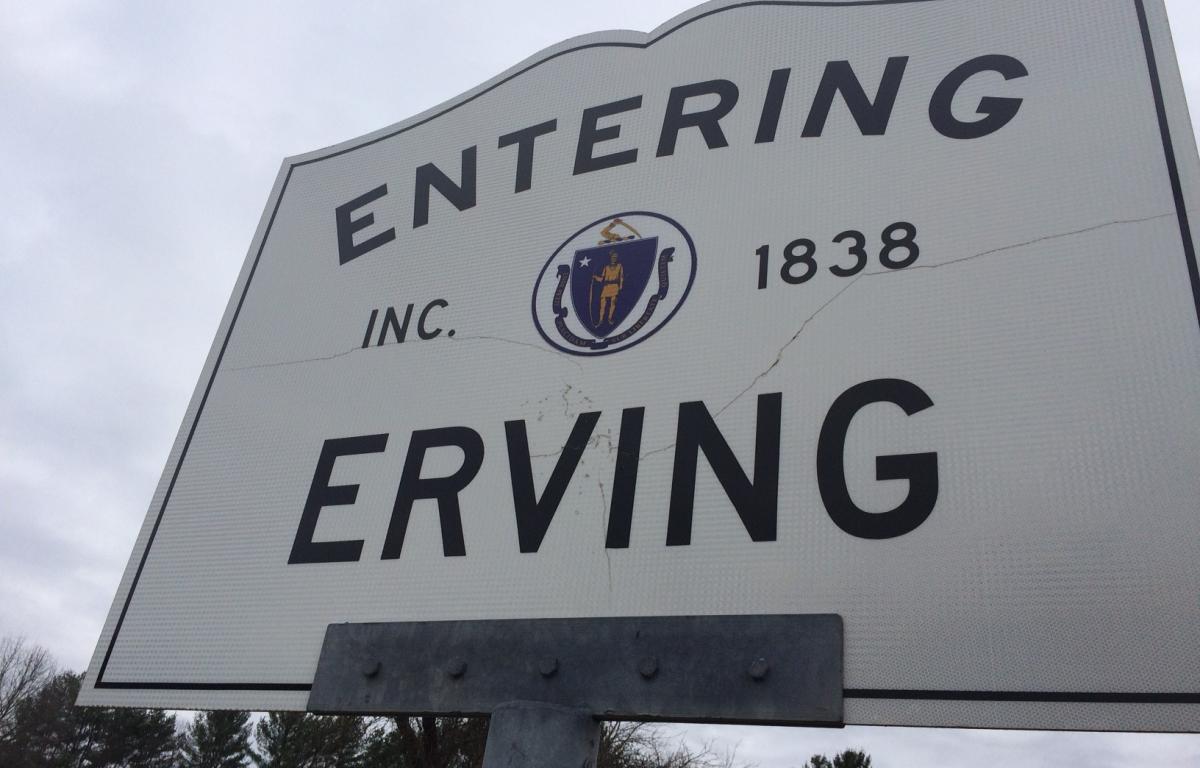(Erving, MA) Update: Erving residents met on Monday at the Elementary School to discuss six options for the demolition of the Paper Mill and found that the community strongly supports the first option that would pay for the demolition in a one year tax override amounting to $3.7 million. Residents would pay $2.45 per $1000 valuation on their properties and commercial properties would see $4.03 per $1000 valuation. The $3.7 million and a $600,000 grant would fully fund the demolition of the Mill, save a pump house.
—
04/24/23 Tonight at 6 p.m. the Town of Erving’s Select Board meeting will include a joint meeting with the Finance Committee and the Capital Planning Committee to discuss the Millers Falls International Paper Mill demolition proposal, funding strategies and next steps.
Together they will determine whether a recommendation can be made to the community for the community conversation that is schedule will begin at 7 p.m. at Erving Elementary School Monday evening.
The Town of Erving has been working with a variety of stakeholders to prepare for the redevelopment of this site, which may still require the remediation of asbestos, lead or other hazardous materials after Environmental Site Assessments and a Hazardous Building Materials Assessment have been conducted since 2010.
Currently, the town owns the 43.26 acre property with the majority being zoned for rural residential and the 6 acre project site zoned for Central Village District. The property is in an Opportunity Zone, which, according to IRS.gov, “Opportunity Zones are an economic development tool that allows people to invest in distressed areas in the United States. Their purpose is to spur economic growth and job creation in low-income communities while providing tax benefits to investors.”
The Community Builders responded to the town’s Request For Interest in 2021 and in their proposal they state, “We believe that the site has the potential to provide residential rental units necessary to support Erving and the surrounding area’s populations who are currently facing a housing crisis and lack of affordable options in a competitive housing landscape.” Their proposal outlines a 60 unit, $30 million project. There was another unofficial proposal from Rural Development, Inc.


